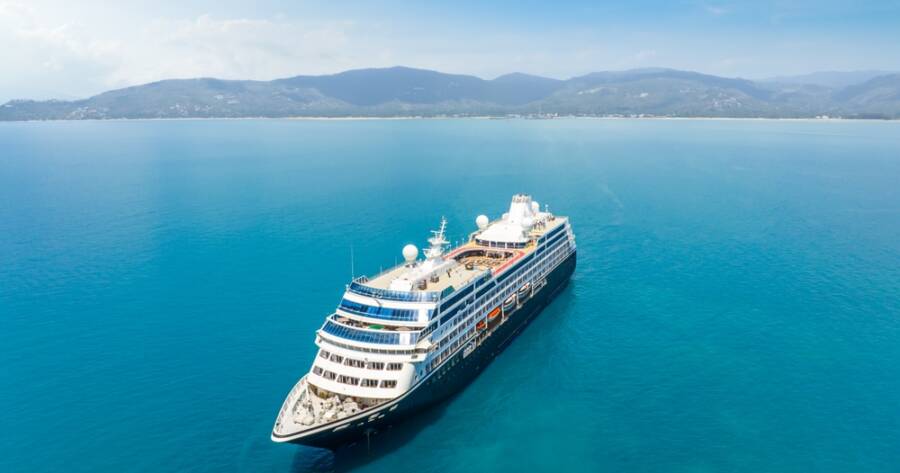Planning your first cruise can feel exciting—but also a bit overwhelming. With so many destinations, ships, and package options to choose from, it’s easy to get lost in the details. For first-timers, understanding what cruise packages include—and what they don’t—can make your trip smoother and far more enjoyable. Fortunately, you can find out everything you need to know about booking a cruise package.
What’s Usually Included in a Cruise Package?
Most standard cruise packages include the basics: your cabin, meals in the main dining areas, entertainment, and transportation between ports. These core features let you enjoy life at sea without worrying too much about everyday costs.
Food is usually available throughout the day, including buffet-style meals and sit-down dining. Entertainment may feature live music, comedy shows, and poolside events, depending on the cruise line. Some ships even have Broadway-style productions.
While these packages sound all-inclusive, many extras—like internet, specialty dining, spa services, and shore excursions—come with added fees. Knowing what’s part of the base fare helps avoid surprises once you’re on board.
Types of Cruise Packages to Consider
Cruise lines offer various package upgrades based on your interests and budget. Beverage packages, for example, are a popular add-on. These may include soft drinks, specialty coffees, or alcoholic beverages, depending on the tier you choose.
Other options include dining packages, which give access to restaurants not included in the base fare. Some cruise lines also offer wellness or spa packages, giving you discounts on treatments and fitness classes.
If you want a more bundled experience, look for “all-inclusive” promotions. These often combine drink packages, Wi-Fi, and gratuities into a single booking price. This can make budgeting easier, especially for longer trips.
Choosing the Right Itinerary and Ship
First-time cruisers may want to start with shorter trips—three to five nights—to test the waters. Caribbean and Mediterranean cruises are common first picks because they offer a mix of beach time, culture, and fun excursions.
It’s also worth comparing ships, even within the same cruise line. Larger ships often have more activities, like water parks or zip lines, but they can feel crowded. Smaller ships may offer a quieter, more relaxed experience with fewer guests and more personalized service.
Think about your travel style. Do you want lots of action, or would you prefer reading on the deck with a view of the ocean? The answer will guide your ship and itinerary choice.
When to Book and What to Watch For
Timing matters when booking your first cruise. Prices can change based on season, destination, and demand. While some travelers book far in advance, others score last-minute deals if their schedule is flexible.
Cruise lines often run sales that include cabin upgrades, onboard credit, or reduced deposits. These offers can give you added value without increasing the base price of your package.
Be careful when booking through third-party websites. It’s usually safer to book directly with the cruise line or a travel agent who specializes in cruises. They can help explain cancellation policies, offer recommendations, and alert you to hidden fees.
What to Pack—and What to Leave Behind
Packing for a cruise depends on your destination, but a few rules apply everywhere. You’ll need travel documents, casual clothes for daytime, and at least one outfit for formal night if your cruise includes it.
Some cruise lines have dress codes for dinner, so double-check in advance. Comfortable walking shoes are essential if you plan to join excursions on land.
Leave items like irons, candles, or anything with an open flame at home. These are usually prohibited for safety reasons. You may also want to bring a small day bag for time at port, as well as motion sickness remedies just in case.
Your First Cruise Doesn’t Have to Be Complicated
Taking your first cruise should feel exciting, not stressful. By learning what’s included in your package, understanding upgrade options, and picking the right itinerary, you’ll set yourself up for a smooth trip.
Whether you’re sailing for adventure, relaxation, or both, a cruise is a unique way to explore the world—one port at a time.

